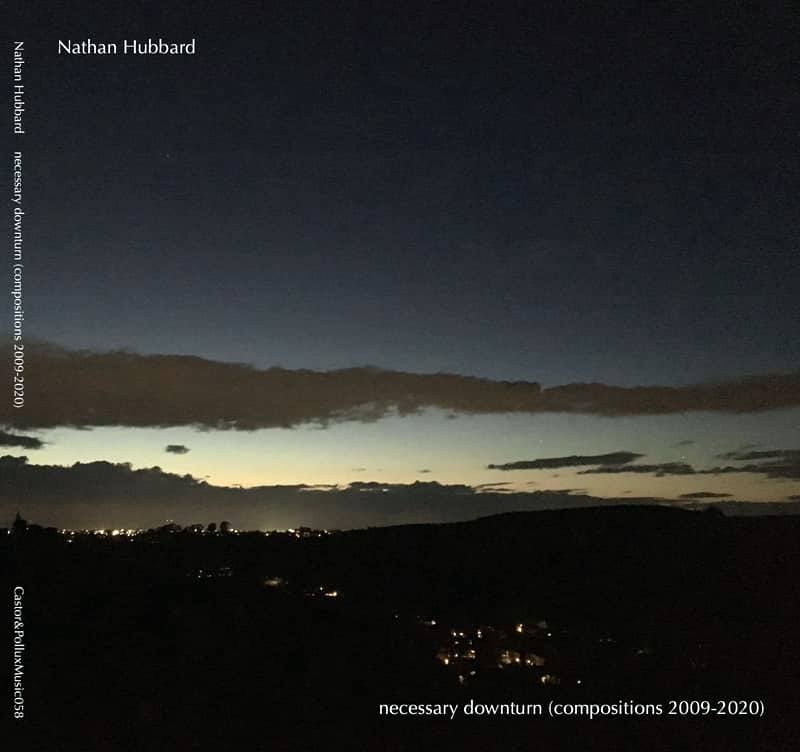
One of the first things taught to children in elementary music education is that songs can be classified as being in a major or minor key. The music teacher will then go on to explain that songs in major keys are happy and the ones in minor keys are sad. While this is bullshit, once you’ve spent enough time strumming a guitar or plunking at a piano, you will acknowledge that this is a truism of sorts. That no matter how happy a minor-keyed song is, “My Favorite Things” for example, the minor tonality adds a bittersweetness that even Julie Andrews in all her Von-Trapp-Sound-of-Music sprightliness cannot diminish. Further, the saddest song in the history of Western Civilization, “Streets of Laredo,” would be so existentially gloomy if it were in a minor key that it would suck the soul of every cowboy who sang it into a purgatoryesque doom spiral the size of the solar system. The song of the young cowboy who know’d he’d done wrong and expected his imminent demise is emotionally lightened by the major chords lying underneath the tune, which we are somehow gladdened to beat the drum slowly and play the fife lowly as we carry him along.
But I think I’ve strayed from the point that I’m trying to make, which is the emotional dichotomy given to schoolchildren—that music is either sad or happy—is easily revealed to be bogus. Is music such a stunted art that the emotions expressed are simply happy and sad? Ha! These music teachers obviously never listened to any music, for is there not anger and elation in the symphonies of Beethoven? Aren’t Gregorian chants capable of bringing our souls to the heights of the sublime? Can’t ragtime be both humorous and ironic? And opera has it all. The human heart has known joy, heartache, avarice, and bliss since the dawn of human history. With the beginning of the Industrial Age, however, new words were coined to describe in the words of Annie Lennox’s “new emotions.” As recognized by the economist Adam Smith and later Karl Marx, capitalism and the factory workplace introduced alienation to the human condition. We had no such words as “ennui” or “nostalgia” until people spent their days in factories and the skies were filled with the soot and cinders that billowed from smokestacks. In music, the emotional certainty that Brahms and Mendelssohn relied on was gone and as the 19th century turned to the 20th, composers were left the task of making music to reflect this new emotional makeup. Composers came up with the 12–tone system or, like John Cage, they put hammers and bolts inside their pianos, making them cling, clang, and ding. In the 20th century people became strange our music became strange as well. So what about the 21st century? After all, that’s the century we’ve been in for the last 23 years. Now, we aren’t as anxious as we once were during the Age of Anxiety, and now modernity has switched to postmodernity. And maybe we’ve even gone into post-post-modernity.
What kind of music do we have now?
Nathan Hubbard has just released Necessary Downturn, a collection of nine compositions that he produced and revised during a12-year span, from 2009 to 2021. Restive and contemplative, this disk may be the music for our post-industrial, postmodern, post truth, globally warmed world.
I hate to over categorize, but this music might be called post minimalism, even if only to highlight the differences between these compositions and the music of Steve Reich and Philip Glass. Using electric bass, voice, vibraphones, cello, viola, and violin, Hubbard uses short motifs—two-note, four note, seven note—introducing them, dropping them out, and replacing them with other motifs, only to have a motif recur. These short musical phrases pass from one instrument to another, all the while interacting with other musical ideas. Whereas the music of minimalism could emphasize an almost machine-like precision and could be both frantic and hypnotic at the same time, this music is looser. I imagine that some element of improvisation was involved when these musical pieces were created.
Like listening to a Thelonious Monk piano solo, the enjoyment of these compositions is found in hearing how those motifs change and get rearranged. Hubbard uses the contrasting timbres of the instruments to great effect in this regard. I was reminded a bit of what I’ve heard from other composers who have come to prominence recently, such as Michael Gordon and Jacob Cooper as I listened to this disk. Minimalists expected their audiences to become immersed in their music. Nathan Hubbard is returning to the idea of expecting the audience to listen to the music.

